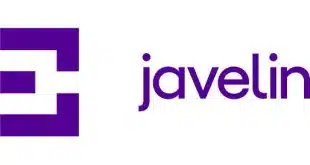An industry as intrinsic to commerce as electronic payments is unlikely to make wholesale moves to new technologies like mobile payments. That applies to consumers, too, who appear to be moderating their use of mobile payments.
Data from the IDC Financial Insights 2014 Consumer Payments Survey reveal that consumer adoption of mobile payments, which 37.2% of respondents reported using, is slightly higher than the 33.9% in the previous survey released in 2012.
While still an increase, it is a much slower growth rate than from 2011, when 19.3% reported using mobile payments, to 2012.
The moderation in the growth rate indicates that for all of the attention given to so-called disruptive payment technologies, there remains a long road ahead, says James Wester, IDC research director for global payments at the Framingham, Mass.-based research firm.
“There’s a sense of inevitability that payments is being disrupted,” Wester says. While he has no doubts about that, the survey results suggest the disruption is a tempered one.
“We’re moving along a very long process of changing our payment methods and payment behavior, and it’s moving along in fits and starts,” he says. With a move ahead at points, and a step back along the way, it may take a longer view to see the change, he says. While there may be a sense of inevitability that new payment technologies will change how consumers pay, Wester says there is no guarantee that will happen as envisioned.
“At this point, there’s no real breakout in the way people prefer to make mobile payments,” he says. “Consumers haven’t chosen yet.”
Indeed, the survey found that of the mobile-payment methods for brick-and-mortar purchases—app, mobile browser, contactless, and text—only about one-third of respondents had used any of them.
There is, however, interest among consumers in using mobile payments more, which harbors implications for merchants.
Because no one method is overwhelmingly preferred by consumers, merchants need to keep their options open, Wester says. “From a merchant standpoint, it’s still too early to tell which will win out.”
As for which mobile-payment scheme consumers use, PayPal wins out with 58.6% having used the service. The next closest is iTunes, the Apple Inc. store for digital music and apps. Others include Amazon Payments, 40%; Google Wallet, 25.1%; Square, 9.2%; and Dwolla, 7%.
The percentage for Square is particularly revealing, Wester says. Despite all the attention the payments industry pays to Square, consumers do not grant it the same kind of attention. “What they did was make it easier for merchants to accept electronic payments,” Wester says. “It’s interesting on the consumer side we’re not seeing the same adoption.”
The fragmented nature of payments tells Wester that payments is changing slowly. “We forget we are still at the beginning of the transition,” he says. “Things are happening very slowly. That makes sense when you think about how fundamental payments are.”




